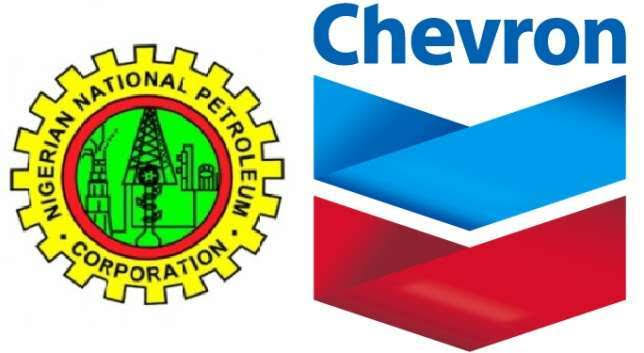NNPC, Chevron complete assets conversion, eye 165,000bpd oil production

NNPC & Chevron Successfully Convert JV Assets Under PIA
The Nigerian National Petroleum Company Limited (NNPC) and Chevron Nigeria Limited have officially completed the conversion of five joint venture (JV) assets, in line with the Petroleum Industry Act (PIA) of 2021. This significant move marks a new chapter in Nigeria’s oil and gas industry, aimed at boosting crude oil production and creating a more investor-friendly environment.
The conversion is expected to substantially increase crude oil output, with both companies targeting a production of 165,000 barrels of oil per day by the end of the year. This shift represents a transition from the previous Petroleum Profit Tax regime to the more advantageous terms offered under the PIA.
According to the provisions of the PIA, oil companies have the option to voluntarily convert their existing assets. As part of the changes, all Oil Prospecting Licenses (OPLs) and Oil Mining Leases (OMLs) will automatically transition into Petroleum Prospecting Licenses (PPLs) and Petroleum Mining Leases (PMLs) upon expiration.
This conversion is a significant milestone, particularly in increasing Nigeria’s domestic gas supply and expanding the country’s influence in the global energy market. NNPC’s Group Chief Executive Officer, Mele Kyari, praised Chevron for its long-term partnership, emphasizing their shared commitment to driving growth in the sector.
During a signing ceremony held on Monday, NNPC’s Chief Corporate Communications Officer, Olufemi Soneye, confirmed that both companies completed the necessary documentation to formalize the conversion. Chevron’s Director of Deepwater and Production, Mrs. Michelle Pfueger, also highlighted the importance of this transition and reaffirmed Chevron’s commitment to the JV assets and the long-standing partnership with NNPC.
As Nigeria looks to strengthen its position in the global oil and gas market, this JV asset conversion represents a critical step in attracting investment, increasing production, and ensuring sustainable energy development.
